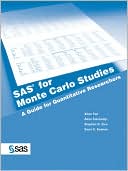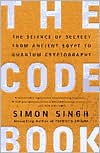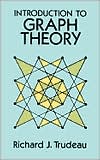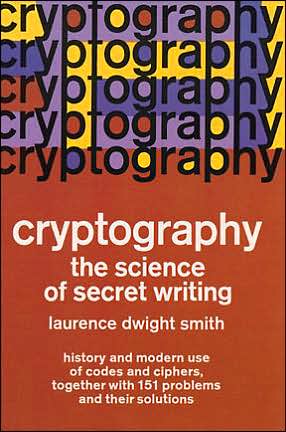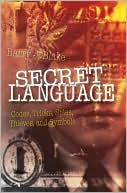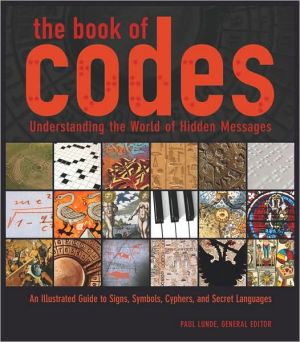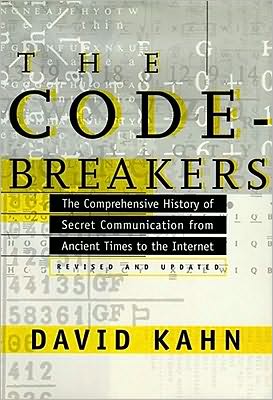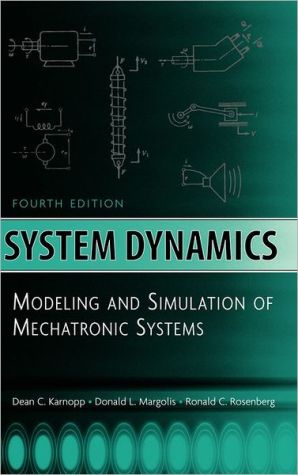Sas(R) for Monte Carlo Studies: A Guide for Quantitative Researchers
Search in google:
With the advance of computing technology, Monte Carlo simulation research has become increasingly popular among quantitative researchers in a variety of disciplines. More and more, statistical methods are being subjected to rigorous empirical scrutiny in the form of statistical simulation so that their limitations and strengths can be understood. With the combination of powerful built-in statistical procedures and versatile programming capabilities, the SAS System is ideal for conducting Monte Carlo simulation research! SAS for Monte Carlo Studies: A Guide for Quantitative Researchers provides a detailed and practical guide for conducting Monte Carlo studies using the SAS System. Quantitative researchers will find this book attractive for its practicality and for its many hands-on application examples of Monte Carlo research.Xitao Fan, Ph.D., is an Associate Professor at the Curry School of Education, University of Virginia. He specializes in educational/psychological measurement and quantitative research methods in social and behavioral sciences. He has been a SAS user for more than ten years and has used SAS in his Monte Carlo simulation studies on many occasions. Akos Felsovalyi, M.S., is a vice president of Risk Architecture at Citigroup. He has been an avid SAS user since 1982, using the SAS System in direct marketing research and currently in Risk Management, where he applies Monte Carlo simulation to various projects. Stephen A. Sivo, Ph.D., is a Research Psychologist and an Assistant Professor of Educational Research at the University of Central Florida. He received his Ph.D. in Research, Measurement, and Statistics from the Educational Psychology department at Texas A&M University. The primary focus of his research has centered on the use of structural equation modeling to fit time series models to longitudinal data. He has used SAS software since 1991. Sean C. Keenan, Ph.D., is currently a vice president in Citigroup's Risk Architecture Group, where he is involved in the development of quantitative tools and methodologies for assessing credit risk for obligors and pools of obligors, as well as for a variety of credit and structured credit portfolios. His research involves a wide range of Monte Carlo applications, often with large data sets, and SAS is his preferred tool for handling these tasks. Sean holds a Ph.D. in Economics from New York University.
AcknowledgmentsviiChapter 1Introduction1.1Introduction11.2What Is a Monte Carlo Study?21.2.1Simulating the Rolling of a Die Twice21.3Why Is Monte Carlo Simulation Often Necessary?41.4What Are Some Typical Situations Where a Monte Carlo Study Is Needed?51.4.1Assessing the Consequences of Assumption Violations51.4.2Determining the Sampling Distribution of a Statistic That Has No Theoretical Distribution61.5Why Use the SAS System for Conducting Monte Carlo Studies?71.6About the Organization of This Book81.7References9Chapter 2Basic Procedures for Monte Carlo Simulation2.1Introduction112.2Asking Questions Suitable for a Monte Carlo Study122.3Designing a Monte Carlo Study132.3.1Simulating Pearson Correlation Coefficient Distributions132.4Generating Sample Data162.4.1Generating Data from a Distribution with Known Characteristics162.4.2Transforming Data to Desired Shapes172.4.3Transforming Data to Simulate a Specified Population Inter-variable Relationship Pattern172.5Implementing the Statistical Technique in Question172.6Obtaining and Accumulating the Statistic of Interest182.7Analyzing the Accumulated Statistic of Interest192.8Drawing Conclusions Based on the MC Study Results222.9Summary23Chapter 3Generating Univariate Random Numbers in SAS3.1Introduction253.2RANUNI, the Uniform Random Number Generator263.3Uniformity (the EQUIDST Macro)273.4Randomness (the CORRTEST Macro)303.5Generating Random Numbers with Functions versus CALL Routines343.6Generating Seed Values (the SEEDGEN Macro)383.7List of All Random Number Generators Available in SAS393.8Examples for Normal and Lognormal Distributions453.8.1Random Sample of Population Height (Normal Distribution)453.8.2Random Sample of Stock Prices (Lognormal Distribution)463.9The RANTBL Function513.10Examples Using the RANTBL Function523.10.1Random Sample of Bonds with Bond Ratings523.10.2Generating Random Stock Prices Using the RANTBL Function543.10Summary573.12References58Chapter 4Generating Data in Monte Carlo Studies4.1Introduction594.2Generating Sample Data for One Variable604.2.1Generating Sample Data from a Normal Distribution with the Desired Mean and Standard Deviation604.2.2Generating Data from Non-Normal Distributions624.2.2.1Using the Generalized Lambda Distribution (GLD) System624.2.2.2Using Fleishman's Power Transformation Method664.3Generating Sample Data from a Multivariate Normal Distribution714.4Generating Sample Data from a Multivariate Non-Normal Distribution794.4.1Examining the Effect of Data Non-normality on Inter-variable Correlations804.4.2Deriving Intermediate Correlations824.5Converting between Correlation and Covariance Matrices874.6Generating Data That Mirror Your Sample Characteristics904.7Summary914.8References91Chapter 5Automating Monte Carlo Simulations5.1Introduction935.2Steps in a Monte Carlo Simulation945.3The Problem of Matching Birthdays945.4The Seed Value985.5Monitoring the Execution of a Simulation985.6Portability1005.7Automating the Simulation1005.8A Macro Solution to the Problem of Matching Birthdays1015.9Full-Time Monitoring with Macros1035.10Simulation of the Parking Problem (Renyi's Constant)1055.11Summary1165.12References116Chapter 6Conducting Monte Carlo Studies That Involve Univariate Statistical Techniques6.1Introduction1176.2Example 1: Assessing the Effect of Unequal Population Variances in a T-Test1186.2.1Computational Aspects of T-Tests1196.2.2Design Considerations1196.3.3Different SAS Programming Approaches1206.3.4T-Test Example: First Approach1216.3.5T-Test Example: Second Approach1256.3Example 2: Assessing the Effect of Data Non-Normality on the Type I Error Rate in ANOVA1296.3.1Design Considerations1306.3.2ANOVA Example Program1306.4Example 3: Comparing Different R[superscript 2] Shrinkage Formulas in Regression Analysis1366.4.1Different Formulas for Correcting Sample R[superscript 2] Bias1366.4.2Design Considerations1376.4.3Regression Analysis Sample Program1386.5Summary1436.6References143Chapter 7Conducting Monte Carlo Studies for Multivariate Techniques7.1Introduction1457.2Example 1: A Structural Equation Modeling Example1467.2.1Descriptive Indices for Assessing Model Fit1467.2.2Design Considerations1477.2.3SEM Fit Indices Studied1487.2.4Design of Monte Carlo Simulation1487.2.4.1Deriving the Population Covariance Matrix1507.2.4.2Dealing with Model Misspecification1517.2.5SEM Example Program1527.2.6Some Explanations of Program 7.21557.2.7Selected Results from Program 7.21607.3Example 2: Linear Discriminant Analysis and Logistic Regression for Classification1617.3.1Major Issues Involved1617.3.2Design1627.3.3Data Source and Model Fitting1647.3.4Example Program Simulating Classification Error Rates of PDA and LR1657.3.5Some Explanations of Program 7.31687.3.6Selected Results from Program 7.31727.4Summary1737.5References174Chapter 8Examples for Monte Carlo Simulation in Finance: Estimating Default Risk and Value-at-Risk8.1Introduction1778.2Example 1: Estimation of Default Risk1798.3Example 2: VaR Estimation for Credit Risk1858.4Example 3: VaR Estimation for Portfolio Market Risk1998.5Summary2118.6References212Chapter 9Modeling Time Series Processes with SAS/ETS Software9.1Introduction to Time Series Methodology2139.1.1Box and Jenkins ARIMA Models2139.1.2Akaike's State Space Models for Multivariate Times Series2169.1.3Modeling Multiple Regression Data with Serially Correlated Disturbances2169.2Introduction to SAS/ETS Software2169.3Example 1: Generating Univariate Time Series Processes2189.4Example 2: Generating Multivariate Time Series Processes2219.5Example 3: Generating Correlated Variables with Autocorrelated Errors2289.6Example 4: Monte Carlo Study of How Autocorrelation Affects Regression Results2349.7Summary2439.8References243Index245
